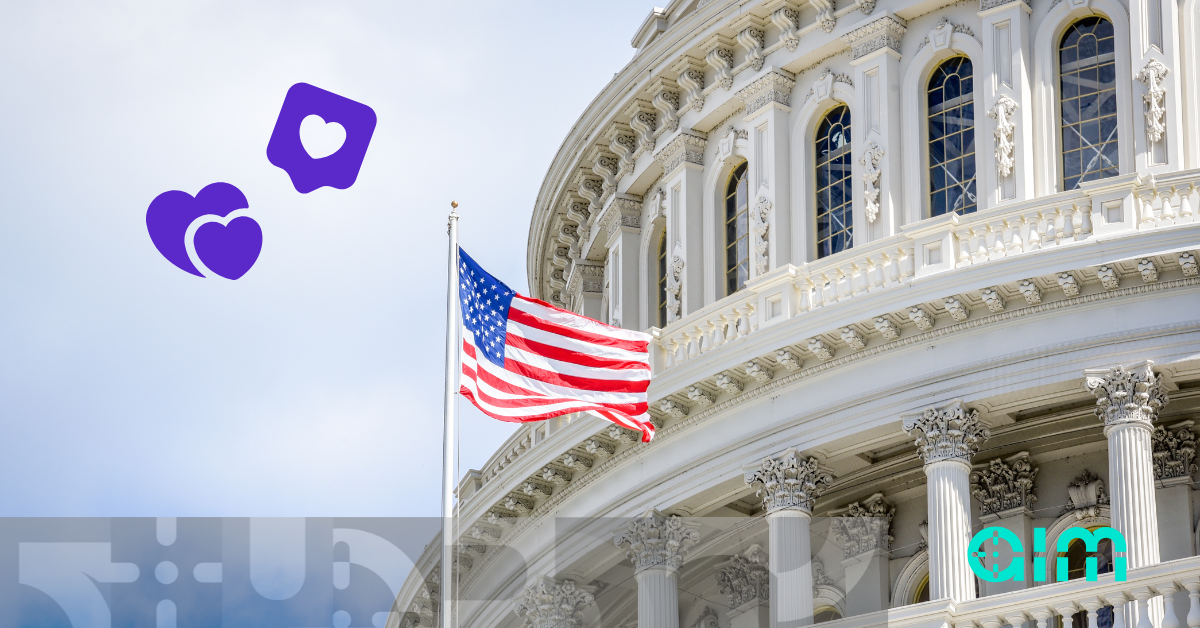Social media can be a game-changer for musicians in an increasingly digital world. Here's how to expand your social media strategy and amplify your music’s reach.
1. Define Your Brand and Authenticity
It’s crucial to maintain a consistent brand identity, but authenticity is just as important. Audiences connect with artists who show their true selves. Don’t be afraid to post candid moments or share your journey, struggles, and triumphs with your fans.
People are drawn to stories, and your authenticity can become a part of your brand. For example, use Instagram Stories or TikTok to show what goes on behind the scenes during your recording process or while touring.
This personal connection strengthens your bond with your audience, making them feel more involved in your creative journey.
2. Choose the Right Platforms with a Purpose
Different platforms cater to different audiences. Instagram is visually driven and perfect for sharing polished photos, album art, and video teasers.
TikTok, on the other hand, has an audience hungry for creative, short-form content, making it ideal for music challenges, song previews, and engaging with viral trends.
Facebook is still an excellent tool for event promotion and connecting with fan groups, while YouTube remains a cornerstone for long-form music videos and behind-the-scenes footage.
Knowing where your fans are and focusing on that platform helps streamline your efforts and increase your engagement rates.
3. Engage, Don’t Just Broadcast
Social media shouldn’t be treated like a billboard for your music. It’s about two-way communication. Reply to fan comments, share user-generated content, and engage in meaningful conversations with your audience.
Consider doing shout-outs to your most loyal fans, or ask them to share how your music has impacted their lives. You can even hold competitions where fans can submit their own covers of your songs. This approach transforms passive listeners into an active, engaged community.
Fans love to feel connected to their favourite artists, and personal interaction is a surefire way to increase loyalty. Learn more from this real-life case study at The Social Media Artist.
4. Optimize Profiles for Maximum Engagement
Your social media profile is often the first impression potential fans get. Ensure it includes everything someone needs to learn about you in a few seconds.
This means a clear profile photo, an informative bio, and links to your latest music, tour dates, or merchandise store. The bio should give a glimpse into your personality and sound, while your profile picture (usually your logo or an iconic image of yourself) should be instantly recognizable.
5. Create Consistent and Varied Content
Consistency is essential to stay relevant. Posting regularly helps maintain momentum, but the content itself should be varied. Share a mix of personal updates, sneak peeks of new tracks, performance clips, and promotional content.
Mix this in with fun, engaging posts like polls, throwback photos, or collaborations with other artists.
Having a content calendar helps you plan posts in advance, ensuring you’re consistently engaging your audience without overwhelming them.
6. Leverage Hashtags and Trends to Expand Reach
Using relevant hashtags can get your content in front of a larger audience, particularly on platforms like Instagram and TikTok. Research popular hashtags in your genre or create your own unique hashtag for fans to use when sharing your content.
Participating in trends or challenges can help your music go viral. For example, many musicians have seen their songs gain popularity thanks to TikTok challenges that users replicate.
7. Collaborate with Other Musicians and Creators
Collaborations are a fantastic way to expand your fanbase. Whether it’s a duet with another artist, a joint livestream, or a shout-out from an influencer, collaborations allow you to tap into each other’s audiences. It can be a powerful tool, not only to reach new fans but also to strengthen relationships within the music community.
Start by collaborating with smaller influencers or musicians who align with your genre. This strategy can gradually expand your influence across social media, as each collaboration brings your music to a fresh audience.
8. Invest in Paid Ads for Targeted Growth
Organic growth is essential, but sometimes you need an extra push. Paid ads on social platforms like Instagram, Facebook, and YouTube allow you to target specific demographics, including people who like similar artists or genres.
With paid ads, you can promote new music releases, merchandise, or tour dates to users who are likely to be interested.
A well-placed ad with a clear call-to-action (CTA) can drive considerable traffic to your music. Learn how to make the most of paid promotions for your music on platforms like Instagram and Facebook.
9. Analyze and Adapt to What Works
Finally, one of the most important aspects of social media marketing is tracking performance. Monitor which posts get the most likes, shares, and comments.
Look at your follower growth over time and see which type of content resonates the most with your audience. Adjust your strategy based on these insights. This way, you’re not only working harder but also smarter.
Social media platforms offer built-in analytics, but there are also external tools available to help you dive deeper into your performance metrics. Regularly reviewing this data will help refine your strategy and keep your growth on track.
Social media success for musicians requires a blend of creativity, engagement, and strategic planning. By following these expanded tips, you’ll build a loyal fanbase, promote your music more effectively, and create stronger, lasting connections with your audience. Stay adaptable, keep experimenting with new trends, and watch your online presence soar.




